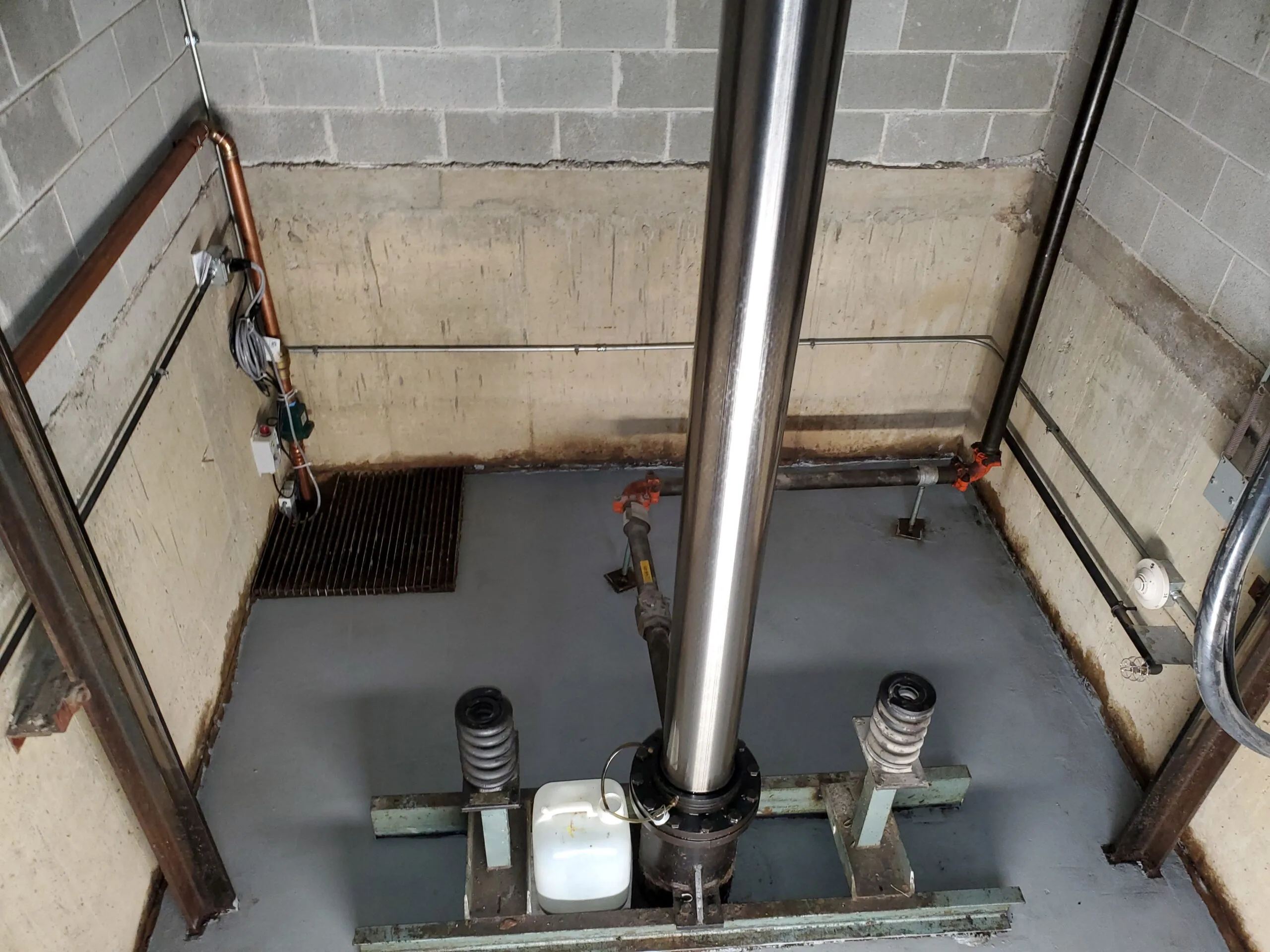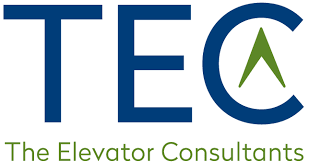When an elevator begins to show signs of aging; frequent breakdowns, slow response times, difficultly getting parts, and ability for elevator service provider to service and new safety codes—many building owners, property managers, and building engineers start to look at an elevator modernization. It is common for people to think they need a “new” elevator which is actually an elevator modernization.
New Elevator versus Elevator Modernization
An elevator modernization is an upgrade to the existing elevator systems, enhancing its performance, safety, and reliability without replacing the entire structure. Yet, many property managers and building owners mistakenly believe that modernization requires gutting the entire hoistway, removing rails, replacing the elevator cab itself, etc. This is rarely the case. Instead, an elevator modernization focuses on upgrading the controller, electrical and mechanical components.
Let’s break it down :
· What an elevator modernization includes
· Why modernization is different from a full elevator replacement
· The importance of having a detailed scope of work before starting a project
· How to plan and budget for modernization
· Key considerations to ensure a smooth process
Let’s dive in.
What is an Elevator Modernization?
An elevator modernization is the process of upgrading outdated elevator components while keeping the fundamental structure intact. The goal is to improve reliability, functionality, energy efficiency, safety, and ride quality.
Modernization typically includes replacing or upgrading:
- Elevator Controller (The “Brains” of the System) – Upgrading to a new microprocessor-based controller ensures smoother operation, faster response times, and compliance with updated codes.
- Motor & Machines – Replacing aging motors and machines can improve energy efficiency and ride comfort.
- Doors Equipment – New door equipment reduce downtime and callback.
- Fixtures & Cab Interior – Upgrading buttons, displays, and cab finishes enhances user experience, ADA compliance and maybe necessary for code.
- Safety Upgrades – Adding or upgrading to the current ASME and local authority having jurisdiction code requirements ensures the elevator meets the latest safety codes.
Unlike full replacement or a new elevator in an existing hoistway, modernization keeps items like hoistway, rails, and elevator cab (the box or shell), which are often in good working condition. This makes modernization a cost-effective and less disruptive solution.
Modernization vs. New Elevator Replacement: Understanding the Difference
Some property owners mistakenly believe that if an elevator is unreliable, it must be completely replaced or removed. However, full replacement—removing the entire system, including the cab, rails, and hoistway—is only necessary in rare cases, such as:
- Structural damage to the elevator shaft
- Significant code compliance issues that cannot be resolved with upgrades
- The existing elevator design is entirely obsolete and incompatible with modern components
For the vast majority of buildings, modernization is the option. It upgrades performance and reliability without the high costs and lengthy downtime of a full replacement.
The Importance of a Scope of Work for Modernization
One of the biggest mistakes building owners make when planning an elevator modernization is assuming that elevator contractors will automatically include everything they need in their proposals. Unfortunately, this is rarely the case.
Without a detailed scope of work, contractors will bid on different scopes, leading to inconsistent pricing and incomplete modernizations. Some bids might exclude:
- Door work and replacements
- Position indications
- Cables
- Machine work
A well-defined Scope of Work (SOW) ensures that all contractors bid apples to apples, preventing surprise costs and ensuring a complete elevator modernization based on the building needs and budget. An Elevator Consultant can help define a clear modernization scope, ensuring you get the best value for your investment and not left with common elevator modernization issues.
Planning & Budgeting for an Elevator Modernization
Modernization projects don’t always have to be completed all at once. If budget constraints are a concern, value engineering allows you to phase upgrades over time pending the code requirements.
- Full Modernization (Best Option) – Upgrading all components at once minimizes future disruptions and ensures a fully optimized system.
- Phased Modernization (Maybe a Budget-Friendly Approach) – Prioritizing critical components first and upgrading others later can help manage costs. This may add additional work and cost but an option.
However, it’s essential to have a long-term plan for completing the full modernization to avoid mismatched components and potential compliance issues.
Key Considerations When Modernizing Your Elevator
Nonelevator work – Modernization may trigger mandatory code requirements that are associated with an elevator modernization project. Be prepared for these additional costs.
- Building Usage & Traffic Needs – Consider how long the elevator will be out of service and plan accordingly to minimize tenant disruption.
- Warranty & Service Agreements – Ensure your modernization includes a solid warranty and maintenance plan.
- Future-Proofing – Invest in non-proprietary equipment where possible to avoid being locked into a single service provider for future repairs.
Final Thoughts: Modernization is a Smart Investment
Elevator modernization is not a “new elevator” but close it is updating the elevator systems —it’s a strategic upgrade that enhances performance, safety, and reliability while keeping costs under control. For a successful modernization, it’s crucial to have a clear scope of work, a budget and plan for any major investment.
Upgrading your elevator system doesn’t have to be overwhelming. The Elevator Consultants can guide you through the process, ensuring a smooth, cost-effective modernization that meets your building’s needs.
Need expert guidance? Contact The Elevator Consultants today to discuss your elevator modernization project.
Frequently Asked Questions (FAQs)
How do I know if my elevator needs modernization?
If your elevator experiences frequent breakdowns, slow performance, code compliance issues, labor pool cannot repair or work on equipment, or difficulty sourcing replacement parts, it’s time to consider modernization.
How long does an elevator modernization take?
A full modernization typically takes 8 to 12 weeks, depending on the scope of work type of current elevator system, rise, and the availability of parts. Phased modernization may take longer if spread out over multiple years.
Is elevator modernization expensive?
Modernization costs vary based on the scope and type of equipment. A detailed assessment can help determine your building’s specific needs.
Can I use any elevator contractor for modernization?
Not all contractors provide the same level of service. It’s best to work with an elevator consultant who can develop a proper scope of work and ensure fair, competitive bidding.
Will my building still be code-compliant after modernization?
Yes, but once modernization begins, your elevator must be brought up to current codes. This may require additional upgrades beyond the elevator components.
